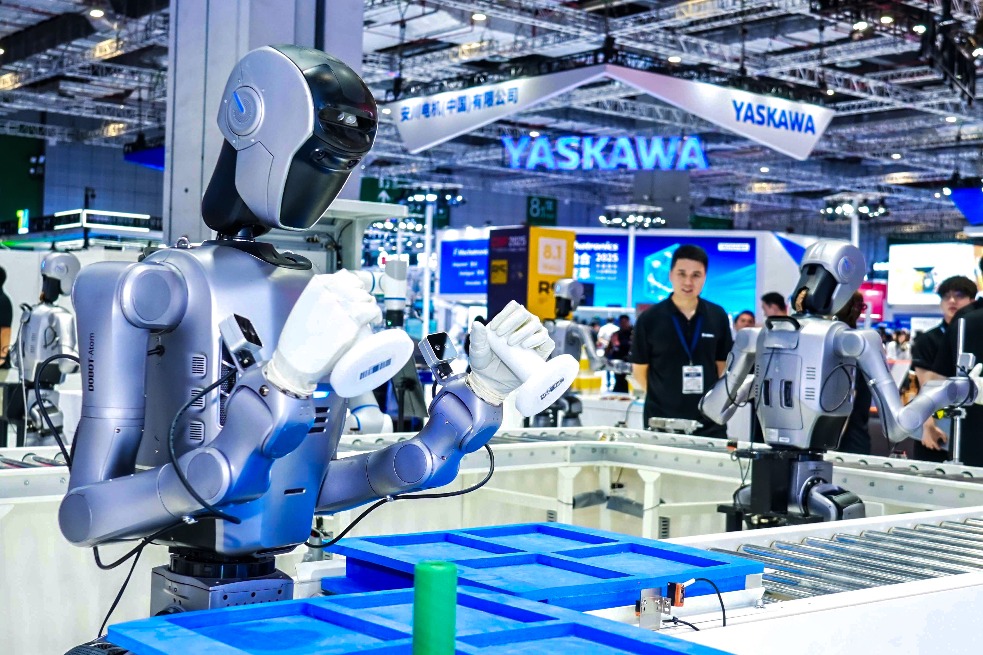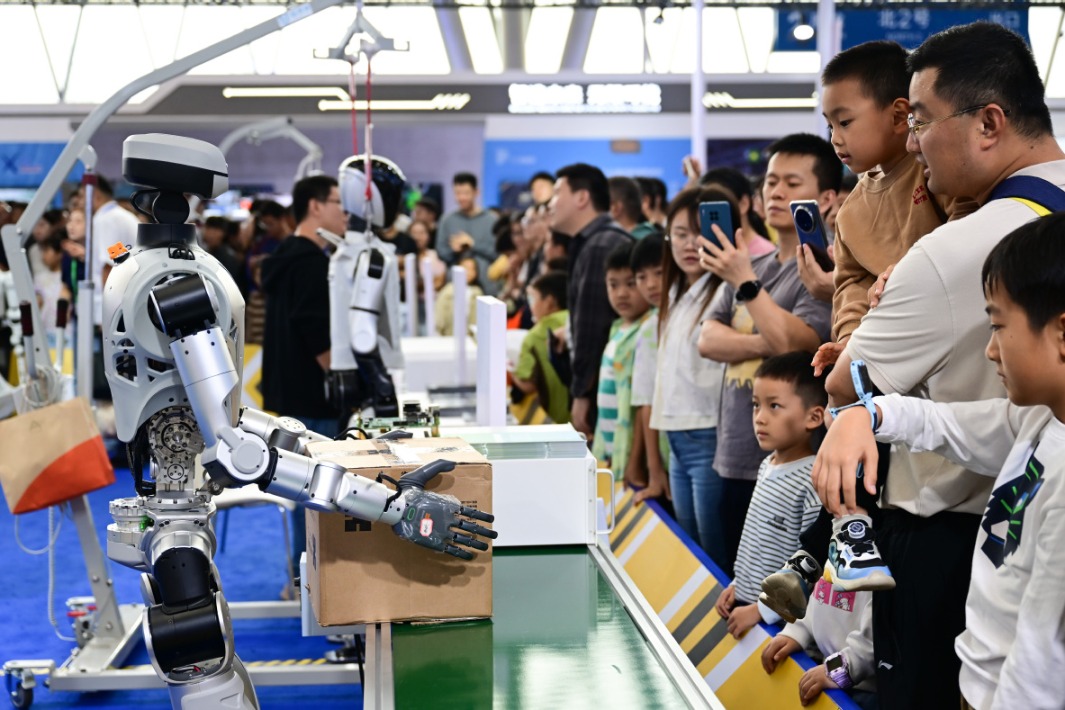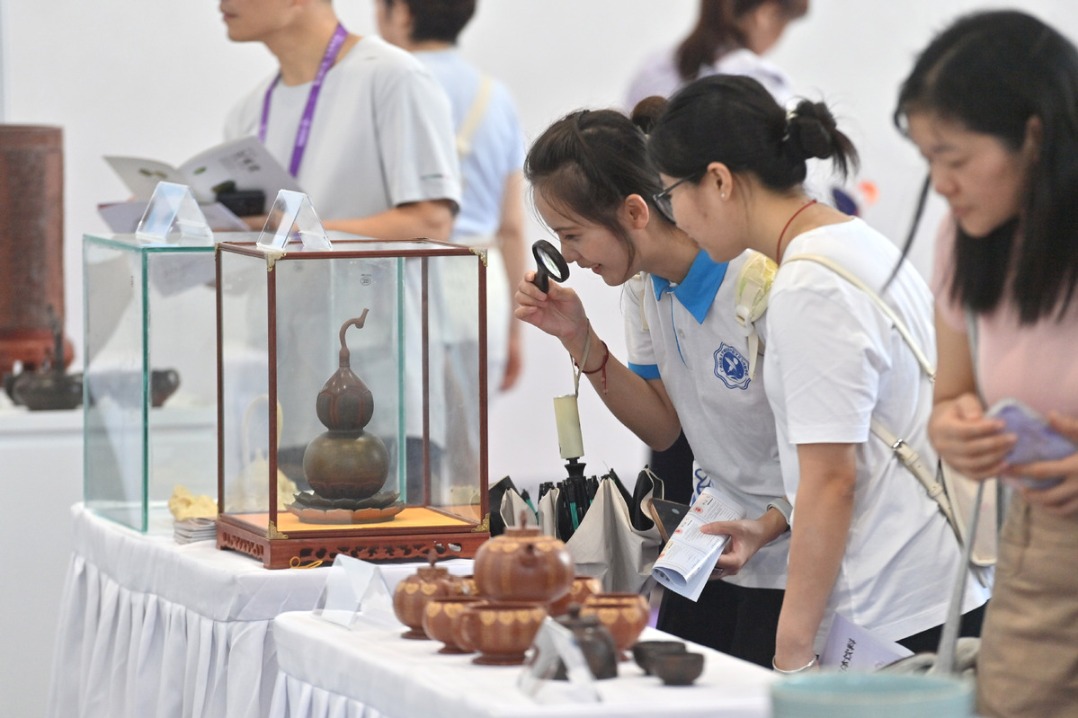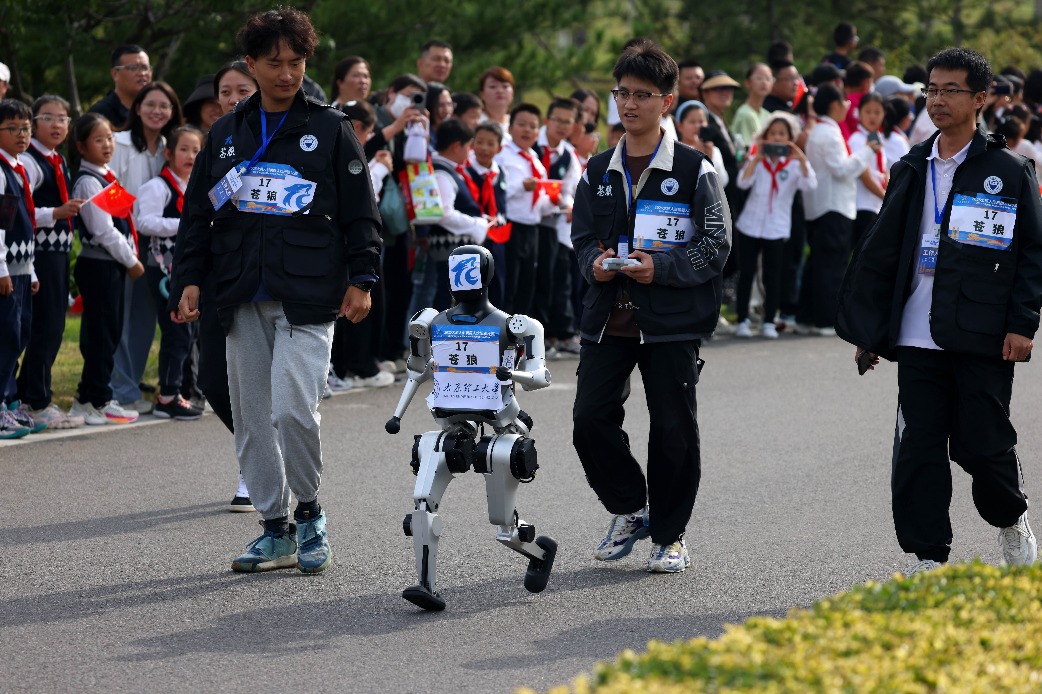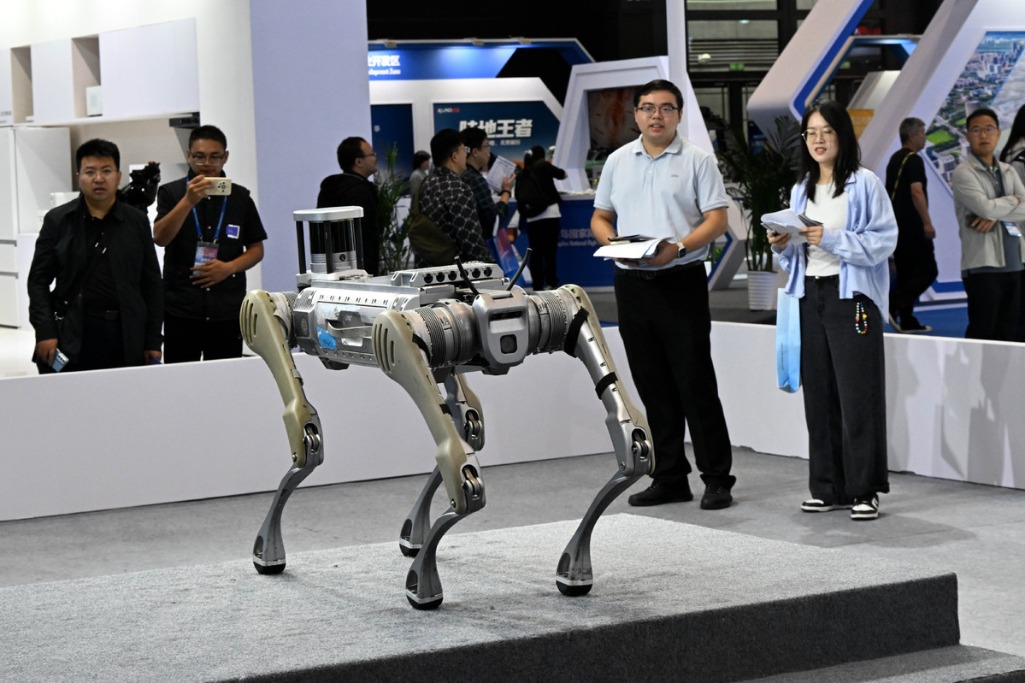AI march heats liquid cooling demand


The surging demand for higher computing power is driving the growth of China's liquid cooling sector, with global players such as Castrol seeing huge business opportunities, said a senior executive.
"Although traditional air cooling still dominates, the rising demand for GPUs (graphics processing units) driven by AI development requires much higher thermal efficiency and the future market will undoubtedly belong to liquid cooling, which offers far greater performance," said Peter Huang, global president of British lubricant supplier Castrol's thermal management and data center business.
From the chip perspective, Huang said some high-end GPUs may consume over 1,000 watts nowadays, comparable to household microwaves and ovens. When a single chip reaches this level, an entire cabinet can easily surpass 50 kilowatts, or even 100 kW, as seen in next-generation AI servers from Nvidia and Inspur.
Liquid cooling helps manage heat generated by high-performance computing systems, servers and data centers — increasingly related to artificial intelligence — using a liquid medium.
"Such high-density cabinets can only rely on liquid cooling technology," Huang added.
According to the latest data from high-tech industry consultancy TrendForce, as cloud operators accelerate AI data center upgrades, liquid cooling penetration worldwide is forecast to rise from 14 percent in 2024 to 33 percent in 2025, with further growth ahead.
"When power reaches 70 to 80 kW, hybrid cooling is still possible, but beyond 100 kW, air cooling is ineffective and liquid solutions are the only way," Huang explained.
It is now widely recognized by industry players that if a data center runs AI computing, about 70 percent of resources are allocated to GPUs and 30 percent to storage or cloud services, he added.
"With 70 percent of resources used for AI computing, at least 70 percent of equipment must adopt liquid cooling, showing great market potential for the new technology," he said.
In China, the liquid cooling server market is expected to grow at a compound annual rate of 46.8 percent between 2024 and 2029, reaching $16.2 billion by 2029, said global market consultancy IDC.
Huang described China's liquid cooling industry as being at a "critical and opportunity-rich stage".
"Most liquid cooling product lines start from hardware, and China is undoubtedly the best in the world in terms of design and manufacturing," he said. "The range of supplies and application scenarios is also very complete, which is why we attach such great importance to this market."
For example, in places such as Dongguan, Guangdong province, many refrigeration and air-conditioning companies are shifting to liquid cooling component manufacturing, contributing to a rather complete and mature supply chain, the executive added.
However, Huang also pointed to challenges as the industry moves from a component focus to integration and new business models.
"Many companies are still at the stage of 'having a good product', but when it comes to design, deployment and meeting end-user needs, there is still room for integrated development. We see great potential in this area," he said.
In response, Castrol has introduced its end-to-end liquid cooling solutions first in the China market this month, covering deployment, operation, maintenance and upgrades across the full lifecycle.
"Leveraging China's supply chain advantages, we aim to build comprehensive solutions that directly serve end customers, where we see tremendous market opportunities," Huang said.
lijiaying@chinadaily.com.cn
















